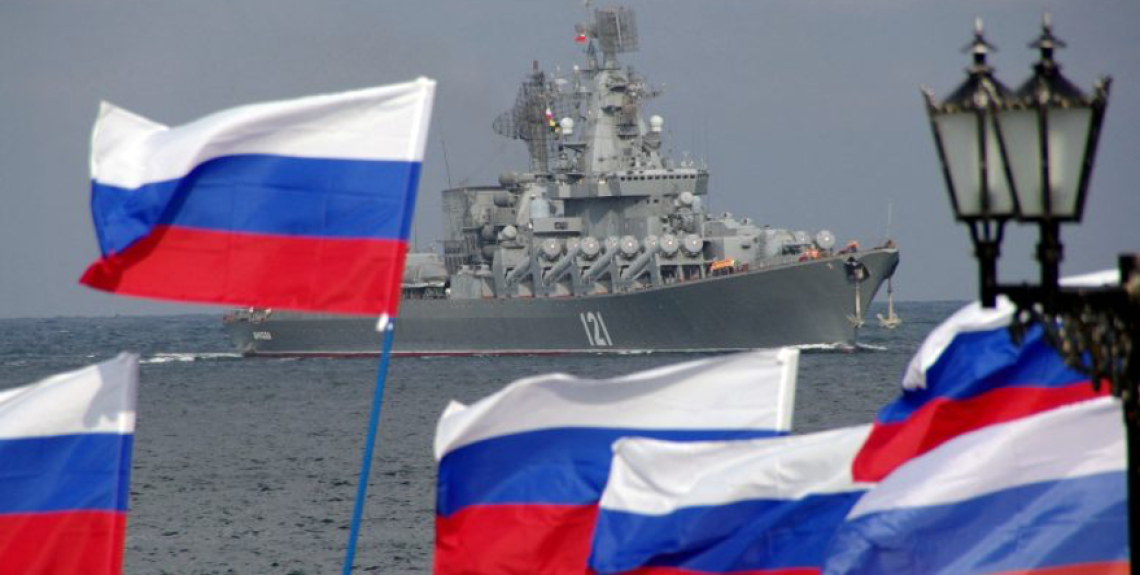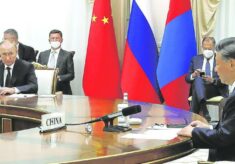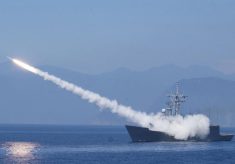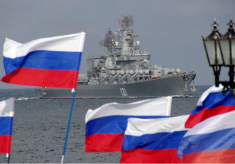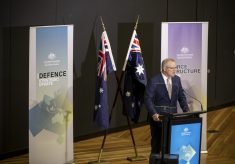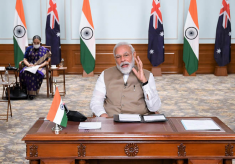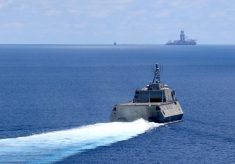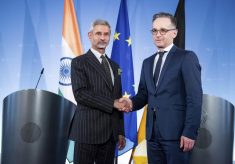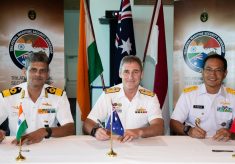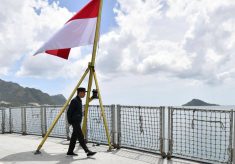Japanese Prime Minister Kishida Fumio and South Korean President Yoon Suk-yeol became the first leaders from these countries to attend a NATO summit, marking an important development in the growing attention of the Alliance towards the Indo-Pacific.
A conversation in NATO’s framework between Kishida and Yoon also marked the first leader-level exchange between Japan and South Korea since December 2019. While brief, the conversation served as an important icebreaker in the all-but-suspended relations between two important partners across the globe. China’s global role is the basis for this presence, alongside the “shared democratic values” quoted in Strategic Concept 2022.
In fact, after considerable discussion, the Strategic Concept consensus is that China “strives to subvert the rules-based international order” and that “the People’s Republic of China (PRC) stated ambitions and coercive policies challenge our interests, security, and values”.
South Korea will establish a diplomatic mission to NATO, joining finally the other Asian countries and intensifying the dialogue with the Alliance, after being the first Asian country to join the NATO Cooperative Cyber Defence Centre of Excellence in Estonia. Evidently this makes sense not only vis-à-vis a complex regional situation, sharpened by the war in Ukraine, but also with regards to North Korea, whose main partners are Beijing and, in lesser measure, Moscow.
Japan has a concrete interest too. Right before the start of the US Navy led Rimpac 2022 naval drill and during the Madrid Summit, the Chinese and Russian navies staged their joint exercise around the archipelago in what Japanese official sources qualified as a “show of force”, while during the summit Kishida underlined that “We have seen increasing attempts to change the status quo by force in the Indo-Pacific”.
The Japanese “Vision for Peace” is a strategy that also takes into account the mood of his citizens, who want, according to Yomiuri polls, Japan to strengthen its defence capabilities (64%); while 55% also favours increasing defence spending to 2%, which means to break the 1% taboo and coming near the NATO allies 2% spending goal.
Already in the future expenditures is included the fifth-generation fighter FX, whose main foreign partner is still to be decided: the more predictable choice was Lockheed-Martin, but it could be that a better procurement timing and more generous technology sharing agreements could favour a Japan-UK cooperation with the Tempest Future Combat Aircraft System (involving also Italy and Sweden).
Emanuele Rossi
He is an author and is specialised in international affairs and geopolitics with a focus on transatlantic relations, USA, China, Middle East.

